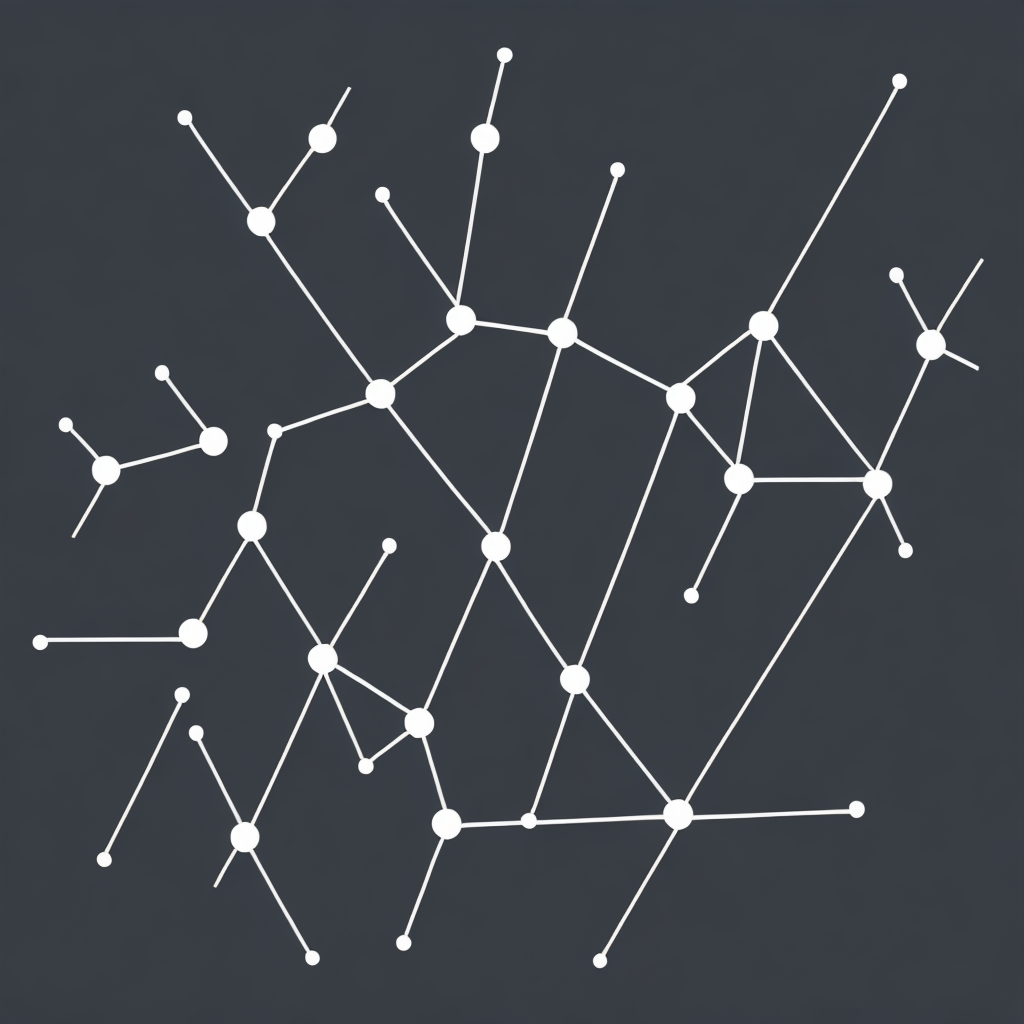Decoding the Power of Knowledge Graphs: Enhancing Data Management and Uncovering Hidden Insights
In today’s highly digitized world, data is the new currency powering growth, innovation, and decision-making in various industries. The sheer volume, velocity, and variety of data being generated and consumed across different sectors have been unparalleled until recent times. However, with this wave of data inundation comes the need for effective data management strategies and tools. One such sophisticated tool offering immense potential in this realm is the knowledge graph.
A knowledge graph is not just an ordinary structured database system; it’s a sophisticated representation of data designed with relationships, entities, and attributes in the heart of its design. It aims to capture and organize the complexity and connectivity inherent in large datasets, providing a holistic and interconnected picture of the information. Unlike traditional databases, knowledge graphs focus on understanding and expressing the relationships between data entities in a visually intuitive way. This unique characteristic opens the doors to powerful insights that would have been invisible in isolation.
Enhancing Data Management:
1. **Centralized Data Repository**: A knowledge graph acts as a central repository that brings together data from various sources under a single, unified platform. This not only helps in eliminating the problem of data silos but also ensures that data is managed effectively, efficiently, and in a cohesive manner.
2. **Improved Data Quality**: In traditional databases, ensuring data quality can be a complex and time-consuming task. With knowledge graphs, complex relationships between data entities are inherently defined, and these interactions help in maintaining a higher level of data integrity, consistency, and overall quality.
3. **Efficient Data Access, Retrieval, and Analysis**: Given the interconnected nature of a knowledge graph, it offers faster and more efficient access to data. Queries can be designed to navigate this graph, uncovering complex relationships and correlations that might be challenging or even impossible to spot in traditional databases.
Uncovering Hidden Insights:
1. **Semantic Analysis**: Knowledge graphs leverage semantic technology, which allows for the semantic interpretation of data based on its meaning rather than just its literal text. This semantic analysis can reveal the underlying context, relationships, and patterns in the data that were not immediately apparent.
2. **Graph Analytics**: The graph-based algorithms in knowledge graphs can provide profound insights into complex network structures. These insights can be essential in understanding dependencies, correlations, or potential trends across different data entities, which is invaluable for strategic decision-making.
3. **Predictive and Prescriptive Analytics**: With the power to model and understand the relationships within large datasets, knowledge graphs can be programmed to perform predictive and prescriptive analytics, which are crucial in anticipating future trends, identifying potential risks, and suggesting optimized solutions to complex problems.
Conclusion:
The power of knowledge graphs lies in their ability to transform big data, making sense of it all by focusing on its intricate connections and relationships. In enhancing data management, they offer advanced tools for efficient data organization and analysis, leading to improved quality of data. Moreover, within this structure, hidden insights emerge through semantic interpretation, analytical exploration, and predictive capabilities, enabling organizations to make smarter, data-driven decisions and unlock new opportunities. Thus, the incorporation of knowledge graphs into data management strategies is not just a step towards modern data organization; it’s a leap towards a more insightful, informative, and predictive future.
Explore the depths of knowledge graphs, and watch your data transform from a complex, disarrayed mess into a treasure trove of insights waiting to be discovered.
